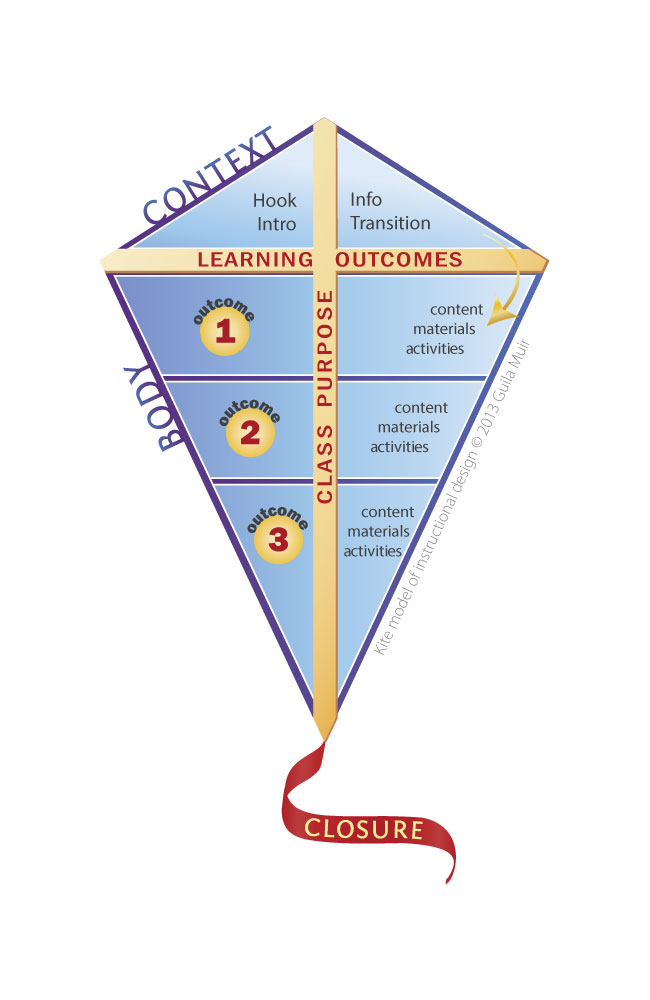Do you believe your presentation is “information only”?
Think again! The reason you’re presenting is to move an uninformed or dubious audience to change. In fact, 99% of all speakers want to increase their audience’s understanding, at the very least. When you want listeners to understand, believe, or act, these two strategies will help.
1. Insert persuasive phrases.
Choose from the following questions. After figuring out the answers yourself, insert at least two into your presentation. Answer them!
- “What does this mean to you?”
- “So what?” (“Here’s what!”)
- “Why am I telling you this?”
By answering these questions, you demonstrate your ability to view yourself, your company, your story, and your presentation through your audience’s eyes. This ability forms the bedrock of persuasion.
2. Express “What’s in it for Them.”
You know why you’re giving the presentation. But can you express in simple language how the information will help your listeners?
- Know your audience. Do your homework. Find out what your audience cares about, what it wants to know, its concerns and anxieties.
- Link every piece of information to your audience’s needs.
Get out of your own head and try listening from your audience’s perspective. Far from being coercive, you are proving yourself to be powerfully aligned with your audience. Your message will benefit, motivate and move them.
Learn about Guila Muir’s Presentation Skills Workshop.




